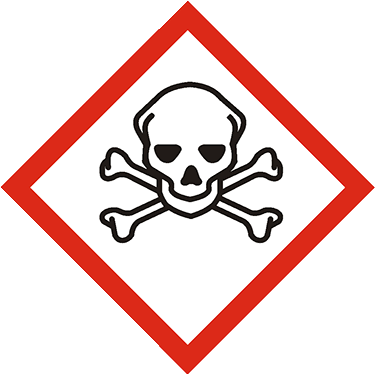Click "Allow Cookies" to consent to storing cookies on your device to improve your experience on our site. Learn more.
Dichlorvos
CAS # 62-73-7
Catalog NumberCat#
P-036N
17034 Classification17034 Class.
Certified Reference Material
Number of ComponentsComps.
Storage ConditionStorage
Refrig (0-5 °C)
Unit
10 mg
Price (USD) Price
$15.00




